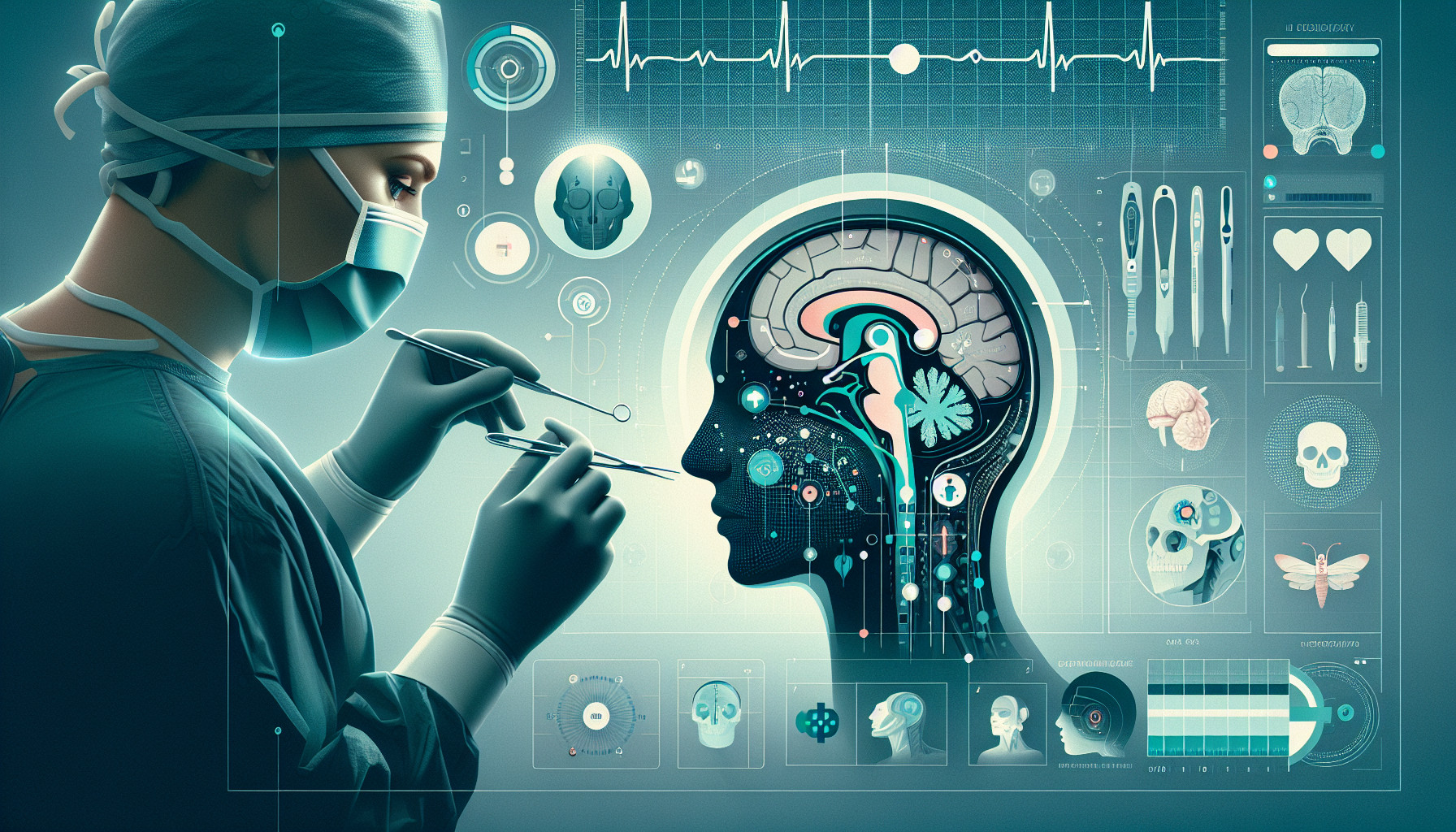Our Summary
This study looks at the use of 3D printing in maxillofacial surgery (surgery of the face, mouth, and jaw). The researchers asked four main questions: who uses 3D printing in this field and how often; what it’s used for and what items are printed; whether these items are made by a medical device manufacturer or by the hospital or lab; and what the benefits and downsides are.
The researchers found nearly 300 articles from 35 countries that met their criteria. The country with the most articles was China. They found that an average of 10 patients per article (a total of 2,889 patients) benefited from 3D printed items. The most common uses for 3D printing were for dental implant surgery and rebuilding the jaw. The most common items printed were surgical guides and models of the anatomy.
About half of the 3D prints were made by professionals. The main benefits were increased precision and reduced surgery time. The main downsides were the cost of the items and the time it took to make them when they were printed by a company.
The researchers concluded that the availability of affordable printers has led to an increase in the use of 3D printing in this field. However, there are still regulatory hurdles for hospitals wanting to do their own 3D printing. The cost and time it takes to produce items are the main limitations of professional 3D printing. The researchers also emphasized that while 3D printed items are useful, they should not replace the skills of a surgeon.
FAQs
- What was the primary focus of the study on the use of 3D printing in maxillofacial surgery?
- What are the most common uses and printed items in 3D printing for maxillofacial surgery, according to the study?
- What are the main benefits and downsides of using 3D printing in maxillofacial surgery as identified by the researchers?
Doctor’s Tip
A helpful tip a doctor might give a patient about maxillofacial surgery involving 3D printing is to discuss with their surgeon the potential benefits and limitations of using 3D printed items during their procedure. It’s important for patients to understand that while 3D printing can increase precision and potentially reduce surgery time, it may also come with additional costs and longer wait times for the printed items to be produced. Patients should trust their surgeon’s expertise and not solely rely on technology for successful outcomes.
Suitable For
Patients who may benefit from maxillofacial surgery include those with facial trauma, congenital abnormalities of the face and jaw, tumors of the face and jaw, temporomandibular joint disorders, obstructive sleep apnea, and facial pain. Additionally, patients who require dental implant surgery, orthognathic surgery (corrective jaw surgery), or reconstruction of the facial bones may also be recommended for maxillofacial surgery. Overall, the use of 3D printing in maxillofacial surgery has shown promise in improving precision and outcomes for these patients.
Timeline
Before maxillofacial surgery, a patient typically undergoes a consultation with a maxillofacial surgeon, where the surgical procedure is discussed, and any necessary imaging, such as CT scans or MRIs, are taken to plan the surgery. The patient may also undergo pre-operative assessments and tests to ensure they are healthy enough for surgery.
After maxillofacial surgery, the patient will experience post-operative care, which may include pain management, swelling and bruising, and dietary restrictions. Follow-up appointments with the surgeon will be scheduled to monitor healing and address any concerns. Physical therapy may also be prescribed to aid in recovery and rehabilitation.
In the context of 3D printing in maxillofacial surgery, the use of this technology has become increasingly common in recent years. Surgeons may use 3D printing to create surgical guides and models of the anatomy to improve precision during surgery. This can lead to benefits such as reduced surgery time and improved outcomes for patients. However, the cost and time associated with 3D printing can be limitations, and regulatory hurdles may exist for hospitals looking to implement their own 3D printing systems. Ultimately, while 3D printing can be a valuable tool in maxillofacial surgery, it should not replace the expertise and skills of the surgeon.
What to Ask Your Doctor
Some questions a patient should ask their doctor about maxillofacial surgery using 3D printing technology could include:
- How experienced are you in using 3D printing technology for maxillofacial surgery?
- What specific items do you plan to 3D print for my surgery and how will they benefit me?
- Will the 3D printed items be made by a medical device manufacturer or by the hospital or lab?
- What are the potential benefits and downsides of using 3D printed items in my surgery?
- Are there any additional costs associated with the use of 3D printing technology in my surgery?
- How will the use of 3D printing technology impact the overall outcome and recovery process of my surgery?
- Are there any specific risks or limitations associated with using 3D printed items in maxillofacial surgery that I should be aware of?
- Can you provide any specific examples or case studies of successful maxillofacial surgeries using 3D printing technology that you have performed?
- How will you ensure that the 3D printed items are accurate and customized to my individual anatomy for optimal results?
- What alternative treatment options are available if 3D printing technology is not suitable for my specific case?
Reference
Authors: Louvrier A, Marty P, Barrabé A, Euvrard E, Chatelain B, Weber E, Meyer C. Journal: J Stomatol Oral Maxillofac Surg. 2017 Sep;118(4):206-212. doi: 10.1016/j.jormas.2017.07.002. Epub 2017 Jul 18. PMID: 28732777
